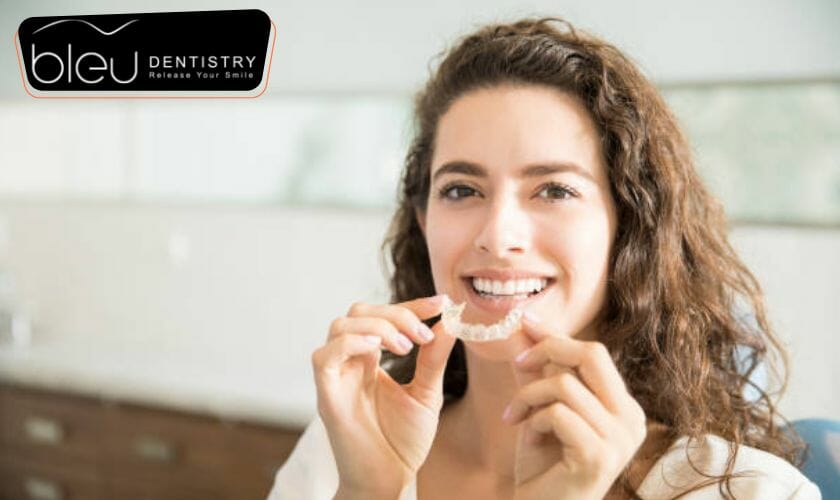Surveys show that 96 percent of people think their smile makes a big difference in how they look and how confident they feel. Because of this, more and more people are using braces or Invisalign to straighten their teeth instead of using other methods.But which of the two options, Invisalign or braces, would work best… Continue reading All About Invisalign And Traditional Braces
Understanding Invisalign: How It Works
Invisalign is a modern orthodontic treatment that uses a series of clear, removable aligners to gradually straighten teeth. Unlike traditional braces, which use metal brackets and wires, Invisalign aligners are custom-made to fit snugly over your teeth, making them a discreet option for adults and teens alike.
The treatment begins with a consultation, where a 3D scan of your teeth is taken to create a personalized treatment plan. Patients typically receive a new set of aligners every one to two weeks, and each set is designed to move teeth incrementally into the desired position. This technology allows for greater flexibility and comfort during the orthodontic process.
Benefits of Choosing Invisalign Over Braces
One of the main advantages of Invisalign is its aesthetic appeal; the clear aligners are virtually invisible, allowing patients to straighten their teeth without the noticeable appearance of traditional braces. Additionally, Invisalign aligners can be removed for eating, brushing, and flossing, promoting better oral hygiene throughout the treatment.
Moreover, many patients find Invisalign to be more comfortable than braces, as there are no metal brackets or wires that can cause irritation to the gums and cheeks. With fewer office visits required for adjustments, Invisalign also offers a more convenient treatment option for busy lifestyles.
Comparing Costs: Invisalign vs. Traditional Braces
When considering orthodontic treatment, cost is often a significant factor. Generally, the price of Invisalign can be comparable to that of traditional braces, depending on the complexity of the case and the duration of treatment. Many dental offices offer flexible payment plans to help manage the costs associated with either option.
Insurance coverage can vary as well, with some plans covering a portion of the costs for both Invisalign and braces. It’s advisable for patients to consult with their insurance provider and discuss financing options with their orthodontist to fully understand the financial implications of their treatment choice.
How to Care for Your Invisalign Aligners
Proper care of your Invisalign aligners is crucial to ensure effective treatment and maintain oral hygiene. Aligners should be cleaned regularly using a soft toothbrush and mild soap or a specialized cleaning solution to prevent bacteria buildup and discoloration.
Patients should also avoid consuming food and beverages while wearing their aligners, as this can lead to staining or damage. It's important to store the aligners in their case when not in use to prevent loss or damage, and to follow the recommended wearing schedule to achieve the best results.


